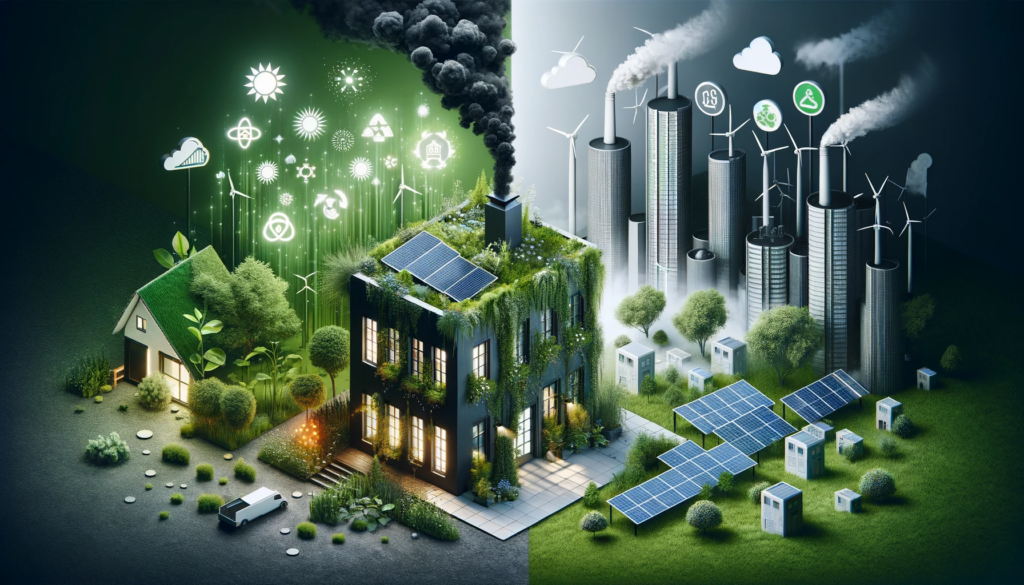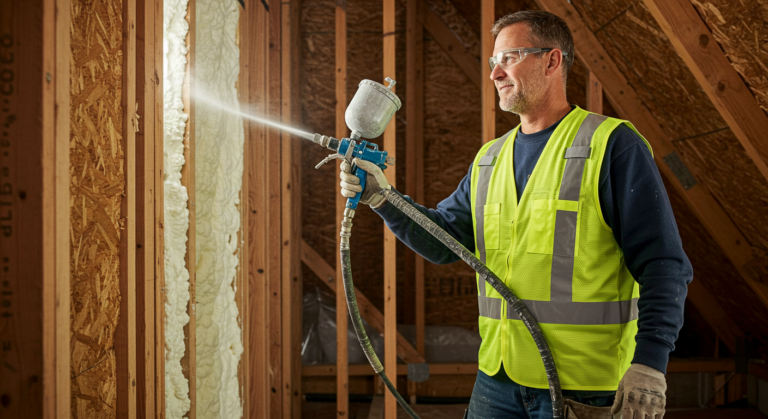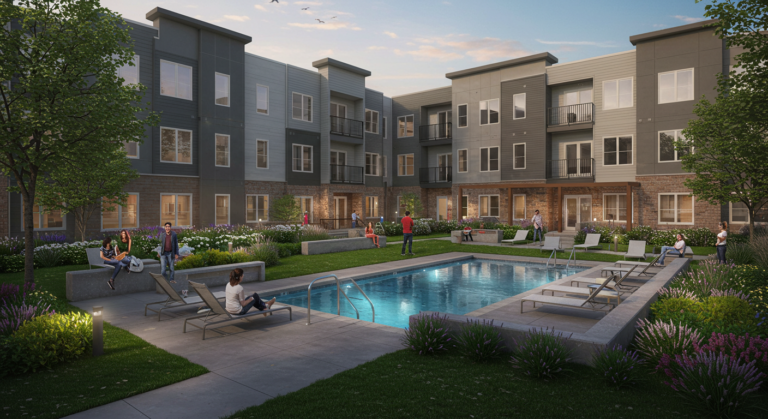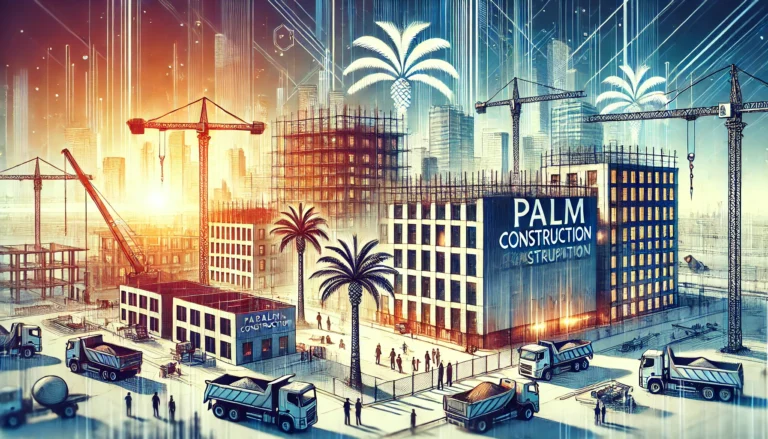Benefits of Green Building Projects
In an age where environmental consciousness reigns supreme, the concept of green building projects has risen to the forefront of the construction industry. Green building is more than just a trend; it’s a revolution that promises to transform the way we construct and inhabit buildings. In this article, we will delve into the myriad benefits of green building, exploring how sustainable construction practices not only reduce environmental impact but also offer substantial economic and health advantages.

The Essence of Green Building
At its core, green building revolves around sustainable and eco-friendly construction practices. Unlike traditional construction, which often disregards the environment, green building seeks to minimize the negative impact on our planet. Let’s take a closer look at some of the remarkable benefits of embracing green building principles.
1. Energy Efficiency
One of the most significant advantages of green building is its emphasis on energy efficiency. Green buildings are designed to consume less energy, which not only lowers utility bills for building owners but also reduces the overall carbon footprint. Through the use of energy-efficient systems and technologies, green buildings drastically cut down on energy consumption.
2. Improved Indoor Air Quality
Green building projects prioritize the health and well-being of occupants. They incorporate materials and ventilation systems that enhance indoor air quality. This results in spaces that are not only environmentally friendly but also conducive to the health and productivity of those who live or work in them.
3. Lower Maintenance Costs
Contrary to the misconception that green building is expensive, it often leads to lower maintenance costs over the building’s lifespan. Sustainable materials and construction methods are chosen for their durability, reducing the need for frequent repairs and replacements.
4. Environmental Impact Reduction
Green building practices contribute significantly to the reduction of environmental impact. By minimizing energy consumption, water usage, and waste generation, green buildings help conserve natural resources and reduce greenhouse gas emissions. This is a crucial step in mitigating the effects of climate change.
5. Economic Benefits
Green building not only benefits the environment but also the economy. Research shows that green construction has created millions of jobs worldwide, stimulating economic growth. Additionally, energy-efficient buildings lead to cost savings for both building owners and occupants, making green building a financially sound choice.
6. Leadership in Energy and Environmental Design (LEED)
The Leadership in Energy and Environmental Design (LEED) certification is a prestigious recognition of a building’s sustainability. LEED-certified buildings adhere to rigorous standards, demonstrating a commitment to environmental protection and sustainable practices.
7. Reduction in Water Usage
Green buildings reduce water usage through efficient plumbing fixtures and water recycling systems. This not only conserves water resources but also lowers water bills for building owners.
8. Healthier Occupants
Improved indoor air quality and access to natural light in green buildings contribute to the health and well-being of occupants. Studies have shown that occupants in green buildings experience fewer health issues and increased productivity.
9. Sustainable Materials
Green building projects prioritize the use of sustainable and eco-friendly building materials. This reduces the depletion of natural resources and the environmental impact of construction.
10. Carbon Emission Reduction
Green building not only decreases energy consumption but also reduces carbon emissions. This makes a significant contribution to combating climate change, including addressing the critical issue of carbon emissions from the building sector.
11. Social and Environmental Benefits
Green building projects promote social sustainability by creating healthier, more comfortable living and working environments. They also foster a sense of environmental responsibility among building owners and occupants.
12. Long-Term Investment
Investing in green building is a wise long-term investment. The reduced energy costs, lower maintenance expenses, and potential for higher resale value make green buildings an attractive option for investors and homeowners alike.
13. Eco-Friendly Construction Methods
Green building practices encourage the use of construction methods that minimize waste and prioritize sustainable construction materials. This aligns with the principles of the circular economy, where materials are recycled and reused whenever possible.
Conclusion
The benefits of green building extend far beyond the construction site. Green building projects offer energy efficiency, improved indoor air quality, reduced maintenance costs, and environmental protection. They stimulate economic growth, reduce carbon emissions, and create healthier, more sustainable living and working environments.
As green building continues to gain momentum, it’s clear that the advantages of adopting sustainable construction practices are too significant to ignore. Whether you’re a construction industry professional, building owner, or occupant, going green does not entail sacrifices; rather, it promises a brighter and more sustainable future for all. It’s time to embrace green building, reduce your carbon footprint, and unlock the eco-empire of benefits it has to offer.





